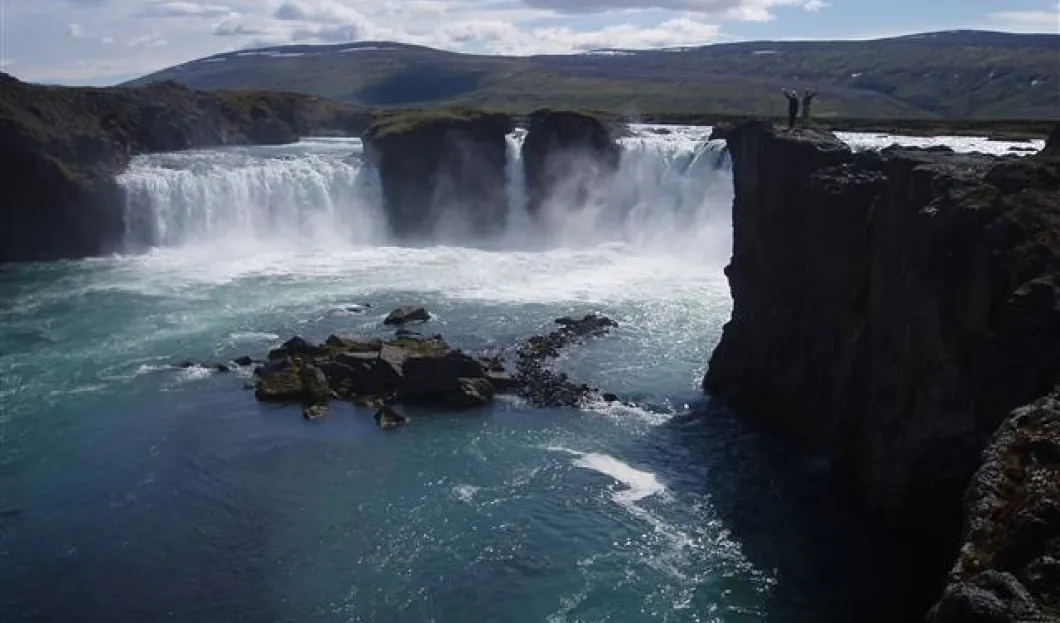
Coping with the tide of visitors eager to photograph Icelandic glaciers, volcanoes and the nightlife of Reykjavik has become a real challenge. Tourism in Iceland has taken over from fishing and aluminum smelting to become the largest industry in the country. However, the growing numbers of visitors have caused serious concerns for the authorities.
"Tourism in Iceland is one of the most promising sectors," said Tryggvi Thór Herbertsson, adviser to the Prime Minister during the financial crisis and the owner of a restaurant in downtown Reykjavik. According to him, it is possible that the industry might collapse like during the financial crisis.
Currently, the outlook of tourism in Iceland is promising. It is expected that this year the number of visitors will grow by nearly 40% surpassing the record 1.3 million arrivals reached last year. The forecast for 2017 speaks about further increase of about 35%, according to Íslandsbanki, the second largest bank on the island. As a consequence, the number of tourists would be seven times more than the local population.
Financial institutions that were part of the economic bubble that burst in 2008 are also participating. Landsbréf, a subsidiary of Landesbankinn, which manages 100 billion ISK (869 million dollars) in assets, created the 4,100 MSEK Icelandic Tourism Fund.
To prevent a decline in the tourism flow, the tourism industry is looking for new attractions, even in the most protected and out of the way places in Iceland. One of the most spectacular projects is a 500-metre tunnel dug along the inside of the Langjökull glacier. The nearest town is 65 kilometers away.
In fact, tourism in Iceland is doing so well that it could become a victim of its own success, says Grímur Saemundsen, head of the Blue Lagoon, a geothermal spa located in the southwest of Iceland and possibly the place in the country most visited by tourists. Although Saemundsen sees "a huge demand and investment opportunities," his main concern is that the Icelandic krona might be strengthened too much by tourist arrivals and might end up undermining other export sectors. This situation is known in economic jargon as the Dutch disease.
Another concern is overcapacity. The number of airlines flying to Iceland went from 7 to 25 in the last seven years; permits for car rentals tripled between 2003 and 2015 and it is projected that 2,450 hotel rooms will be added by 2018, according to Íslandsbanki. Although operators argue that tourism is a fairly stable business, it is still susceptible to changes in fashion and taste.
















